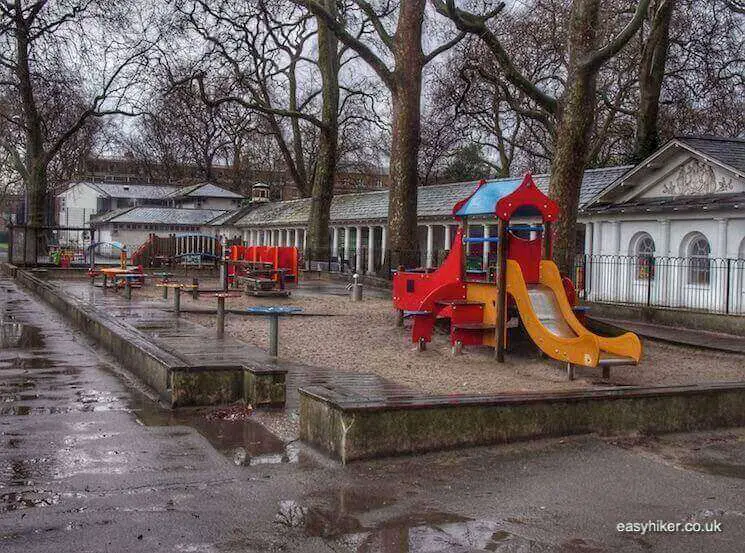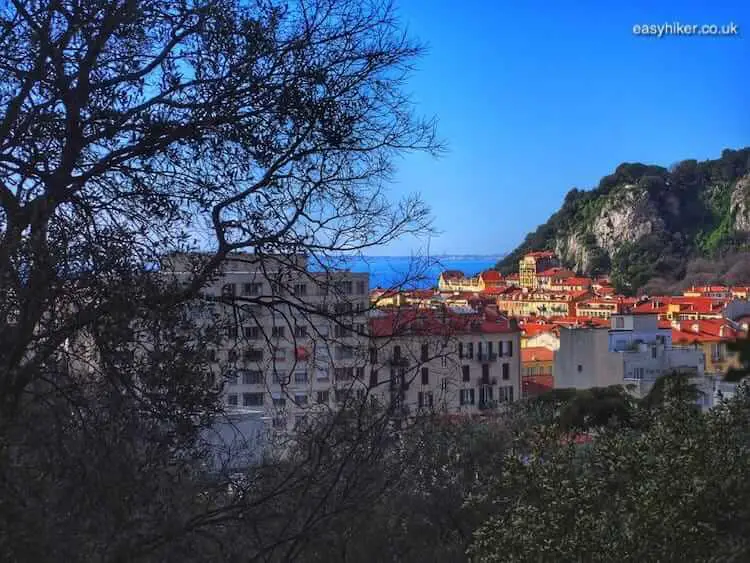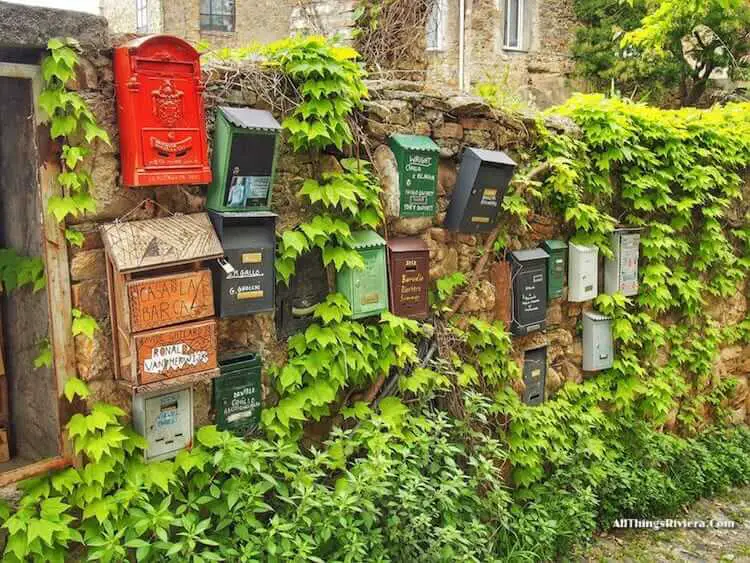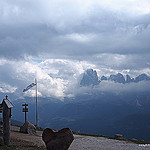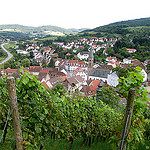There are nature walks and there are town walks, and rarely the twain shall meet: trees, mountains and birdsong for one, historic buildings and traffic fumes for the other.
But there are also walks that challenge you to work out which is which: to determine where nature ends and where the “town“ of human culture and civilization begins.
This is the fascinating sub-group of “nature-in-town-walks” where you can never decide: is nature intruding upon civilization or is it the other way round?

Intriguingly, the theme of “nature in town” is handled in different ways by different cities. In Paris, nature is rigorously subdued to the rules of the city, with their well-ordered and neatly trimmed trees and plants.
Parisian parks look in essence no different from the Haussmannians rows of broad-shouldered and ornate residences that surround them.
London parks, conversely, are generally variations of the “bucolic fantasy” theme, but there are also some that invite more complex reflections on the “nature of urban nature“. The best example for this type of space is the Parkland Walk in North Central London.

The special character of the London Parkland Walk, meanwhile, is incidental rather than something that emerged from design.
The trail – because that is what the Parkland is: a long and narrow stretch of green through the inner London townscape – follows the route of a former railway line, which is why you find the remains of old stations scattered all along the way.
Sometimes you will pass entire sections of old station buildings, …

… at other times, only the platforms are still in place …

… and occasionally, your eyes will stumble upon unidentifiable remains of something that was clearly built by human hands but that has long since been recovered by nature.

It is amazing how quickly this process has worked: the railway route was originally constructed in the 1860s but in use (as a passenger line) until 1954, for freight trains even as recently as 1970. The track was only lifted in 1972 which was also when the station buildings were destroyed. That is less than 50 years ago, but I have seen ruins from antiquity that were in better shape.
The route goes from Finsbury Park to Alexandra Palace about 5 miles to the north. It is not continuous because the underground section on either side of Highgate station (roughly in the middle between start and finish) was deemed unsafe for walkers when the rest of the walk was opened in 1984.
It followed a long and extended process of “renaturation”. Many of the trees that you can see nowadays were only planted then to make the trail more scenic. Railway companies generally do not like to have trees close to their tracks.
The section from Finsbury Park to Highgate, also called the Parkland Walk South, can be most easily accessed next to Finsbury Park station on the far side of Stroud Green Road.
You will enter a “feeder path” that takes you through Finsbury Park …

… and, at the end, to a railway bridge that you will need to cross in order to access the Parkland Walk proper.
This southern section of the London Parkland Walk is only about 2 km long, but can still be divided into distinct sub-sections with different flavours. Initially, you will feel as though you were walking right through the back gardens of the residential homes that line the path, …

… and views over busy streets remind you that you are in the middle of an urban neighbourhood in inner London.

Then comes a section where you see fewer houses and where a dense sequence of tunnels …

… and iron footbridges serve as reminders of the trail’s industrial past.

This is then followed by a section – behind Cape Adventure Park – where the trail merges (for a while) into Crouch Hill Park. This is the leafiest part of the route: the one that comes closest to a walk in the countryside.

London Parkland Walk South ends near Highgate Station. London Parkland Walk North then picks up in Highgate Wood, 500 metres further to the west. We will surely continue our walk there some other time.

Botanically savvy readers will undoubtedly have noticed, with one passing look at the state of the trees and plant blossoms, that this is a walk that was conducted some time in the early spring.

